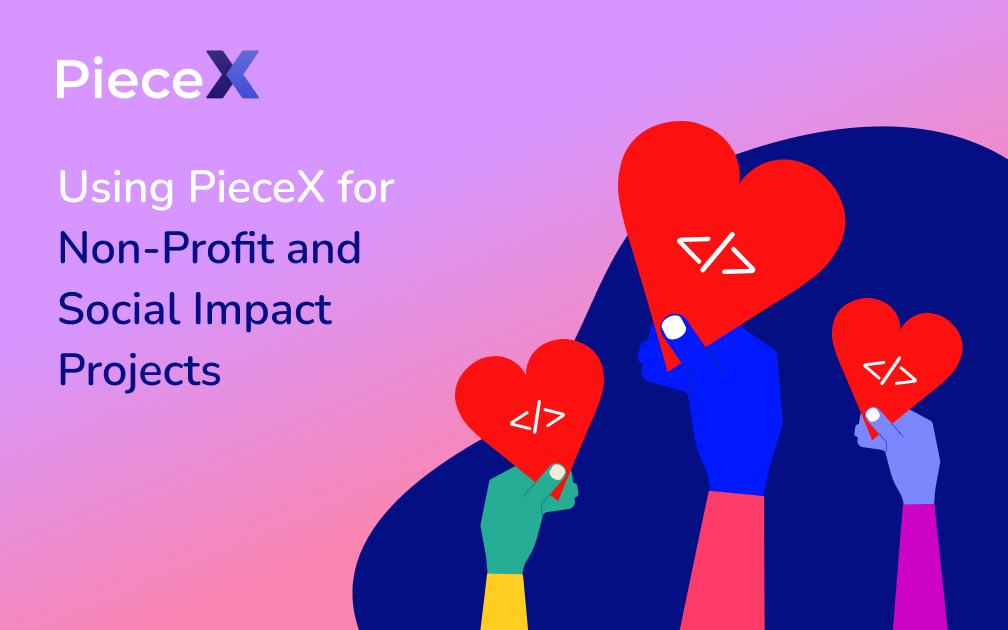
How to Sell Source Code Legally and Profitably

In the fast-paced world of software development, selling source code can be a lucrative endeavor. If you’ve created a piece of software, a game, or a useful app, your code has value. But how do you go about selling it without running into legal snags or underselling yourself? Here’s a straightforward guide to help you navigate the complexities of selling your source code legally and profitably.
Understand Your Rights
First things first, make sure you actually own the code you plan to sell. If you developed the code as part of your employment, the rights might belong to your employer. The same goes for code developed under contract for a client. Always check the specifics of your employment contract or any freelance agreements to ensure that you have the rights to sell the code you’ve developed.
Choose the Right License
When selling your code, the license you choose is crucial. It determines how buyers can use the code after purchase. Here are a few common types of licenses:
- Proprietary License: Allows the buyer to use the code but not to resell or distribute it. This is typical for software that you want to keep exclusive.
- GPL (General Public License): Permits buyers to modify and redistribute the code, even commercially, as long as they also distribute their changes under the same license.
- MIT License: Offers more freedom than the GPL, allowing modifications and redistribution in any form, even within proprietary software distributions.
Your choice of license affects how attractive your code is to potential buyers and can impact your profits.
Price Your Code Appropriately
Pricing is tricky. Set the price too high, and you may ward off potential buyers. Too low, and you’re not maximizing your profit. Consider factors like the complexity of the code, the demand for similar solutions, and how much maintenance and support you intend to provide. It can be helpful to check what similar codes are selling for on marketplaces like GitHub or Stack Overflow.
Protect Your Code
Before you hand over your code, make sure you’re protected against misuse. Include clear documentation and assert your copyright within the code comments. You might also want to provide only portions of the code or a compiled version for initial reviews to prevent theft.
Use a Trusted Marketplace
Selling on PieceX
PieceX is a marketplace that allows developers to buy and sell source code. Here’s how it can help you sell your source code both legally and profitably:
- Legal Framework: PieceX provides a standardized process for listing your code, which includes selecting the appropriate licenses and ensuring that all legal aspects are covered.
- Global Reach: Your code is exposed to a global audience, increasing your chances of finding buyers.
- Passive Income: Once your code is listed, you can earn money from the same piece of work multiple times, providing a potential source of passive income.
Market Your Code
Don’t just list your code and hope for the best. Actively market your product. Use your social media platforms, tech blogs, and forums to talk about your work. You can even offer a free trial or a demo to attract buyers and showcase the capabilities of your code.
Provide Excellent Customer Service
After selling your code, offering excellent customer service can help you build a reputation as a reliable developer. Be responsive to questions and provide updates and fixes to your code if necessary. Happy customers are more likely to recommend your products to others.
Wrapping It Up
Selling your source code can be a significant income stream if done correctly. By understanding your rights, choosing the right license, pricing appropriately, and using trusted platforms like PieceX, you can make the process both profitable and legal. Remember, transparency and customer service go a long way in building a sustainable business in selling code. Whether you’re a seasoned developer or just starting out, there’s a market for quality software solutions.
Read the Knowledgebase Blog for articles like this!




